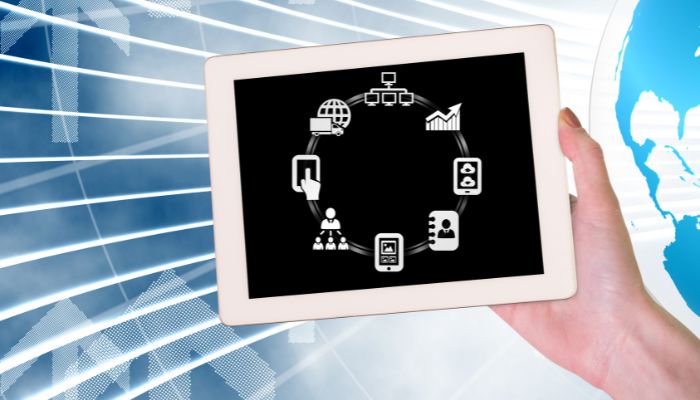It’s no secret that people analytics or HR analytics is here to stay. It’s the future of how businesses hire quality talent, retain existing workforce, and optimise their HR strategy. That said, where to position it in the organisation is a matter of debate.
Some experts believe people analytics works best when introduced solely within the HR department. While others view it as a critical part of the overall organisational analytics, serving not only the HR department but also other divisions and business functions. Both scenarios have pros and cons, which means what works for one organisation might not work for another.
You might also be interested to read: Analytics Jobs In India Looks Better Than Just Bright
Let’s compare the two approaches from different perspectives:
Strategy
Specialised people analytics: Strategies will be defined by HR and in line with the HR strategy. The focus will be more on people rather than business goals. It also means there will be a lack of accountability concerning business objectives, so it can be harder to meet them.
Centralised analytics for HR: Strategies will be defined by the overall analytics team and in line with the company’s overall objectives with emphasis on business goals. They will consider short and long-term goals and drive productivity, revenue, and profit. However, this approach may require additional employees in the centralised analytics HR to serve different departments, including HR.
Priority
Specialised people analytics: People Analytics allows HR to adopt a people-centric approach and focus on long-term strategic impacts. Plus, it enables them to work on issues related to the workforce, so employees feel motivated and satisfied.
Centralised analytics for HR: A centralised analytics function will often focus more on the financial impact and give lesser value to workforce issues. Since Centralised Analytics considers all aspects of a business, HR will not be the priority and issues that impact employees may get little to no attention over other business issues. This approach sometimes makes HR feel unsupported and undervalued.
People Analytics: Experimentation
Specialised people analytics: Specialised People Analytics in HR allows for freedom to experiment and find ways to create a more streamlined HR process without worrying about time and budget.
Centralised analytics for HR: Since HR is one of the functions of centralised analytics, there is less room for experimentation with HR processes. Plus, more time and resources will be dedicated to other objectives set by business leaders. However, a centralised analytic team comprises diverse expertise, so there will be out-of-the-box perspectives on HR.
People Analytics:Impact
Specialised people analytics: Analytics functions in HR often lack business context and are highly focused on workforce problems. So, they can potentially miss out on business opportunities that leaders would never want. Plus, their impact will be limited to HR only since they have insights and data only on HR-specific issues.
Centralised analytics for HR: A centralised analytics team will impact the organisation and expand its portfolio depending on the expected result and ROI. That said, creating a group for Central Analytics that is high-performing and effective can be challenging and may take time to make a visual effect.
It’s crucial to understand that there’s no right or wrong decision regarding placing HR analytics into an organisation. Regardless of where you decide to position in your organisation, get a deep understanding of each approach, your business needs, and the resources available to get the most out of your investment.
Reference: Where Should People Analytics Be within an Organisation? A Comparison of Two Approaches | Paul van der Laken
You might also be interested to read: How To Reinforce DE&I With People Analytics?






